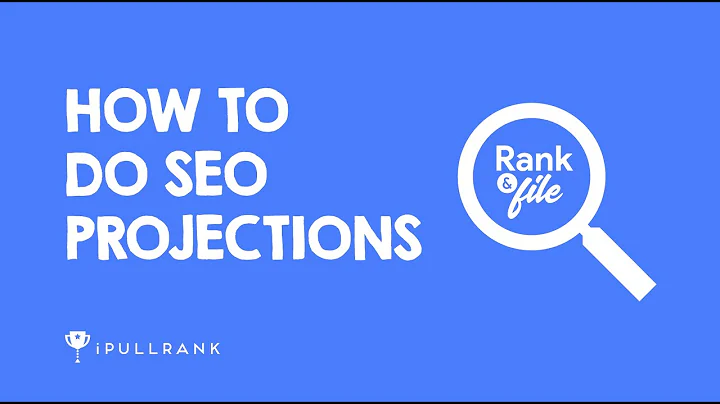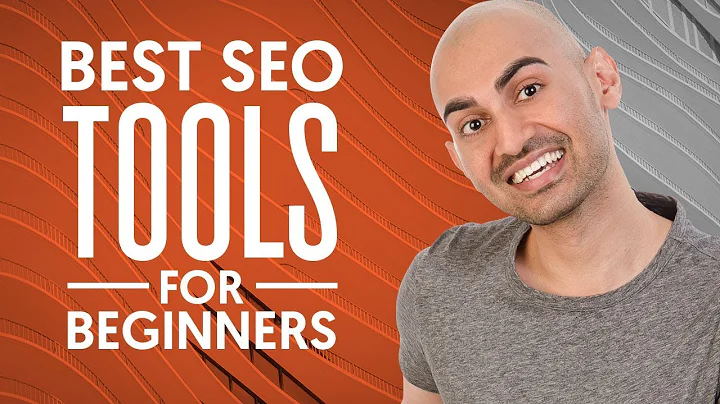Mastering SEO-Driven Content Architecture for Maximum Results
Table of Contents:
- Introduction
- The Importance of SEO-Driven Content Architecture
- Understanding the Three Levels of Website Structure
- Primary Navigation Menu: The Bottom of the Funnel
- Category Landing Pages: Organizing Your Content
- The Power of Internal Links in Building Topical Authority
- Using Blogs to Drive Traffic and Build Authority
- Keyword Research: Choosing the Right Keywords
- Creating a Keyword Map for Effective Content Strategy
- The Evolving Landscape of SEO: Beyond Search Volume Keywords
- Conclusion
Introduction
Welcome to this guide on building an effective SEO-driven content architecture. In today's digital landscape, search engine optimization (SEO) plays a crucial role in driving organic traffic, increasing keyword rankings, and ultimately, driving conversions for businesses. In this article, we will explore the importance of structuring your website's content in a way that maximizes its SEO potential, ensuring your website becomes a revenue-generating engine.
The Importance of SEO-Driven Content Architecture
SEO is more than just optimizing individual web pages or blog articles. It's about strategically organizing your content to create a cohesive and scalable structure that aligns with search engine algorithms. Your website's content architecture impacts how search engines understand and rank your website, as well as how users navigate and interact with it. By building an SEO-driven content architecture, you can establish a strong online presence, attract targeted traffic, and increase conversions.
Understanding the Three Levels of Website Structure
Before diving into the details of content architecture, it's essential to understand the three levels of website structure: the primary navigation menu, category landing pages, and blog content. These levels can be applied to any type of business, whether it's B2B, SaaS, or e-commerce. By organizing your content into these levels, you create a clear hierarchy and ensure every piece of content has its place.
-
Primary Navigation Menu: The Bottom of the Funnel
The primary navigation menu, typically found on the homepage, represents the bottom of the funnel. It consists of pages that directly drive conversions or sales. These pages, such as product or service pages, have high purchase intent and are where users go to make a purchase.
-
Category Landing Pages: Organizing Your Content
Category landing pages are where you organize your content into specific categories. For example, if you offer interior design services, you can have category pages for kitchen design, bathroom design, bedroom design, and more. Similarly, for e-commerce businesses, category pages can be created for different product types. These pages target keywords related to specific categories and act as the gateway to relevant content.
-
The Power of Internal Links in Building Topical Authority
Internal linking plays a crucial role in building topical authority and guiding users through your website. By strategically linking content within your website, you can establish connections between related topics and increase the visibility of your important pages. Internal links also help search engine crawlers understand the structure of your website and identify priority pages.
-
Using Blogs to Drive Traffic and Build Authority
Incorporating a blog into your content architecture is an effective way to drive traffic and build topic authority. Blogs allow you to target long-tail keywords and engage with users who are in the early stages of the buying process. By creating informative and valuable blog articles, you can attract potential customers, educate them on relevant topics, and eventually guide them towards your conversion-focused pages.
Keyword Research: Choosing the Right Keywords
Keyword research is an essential step in developing an effective content architecture. Instead of focusing solely on two-word keywords with high search volume, it's recommended to target three to four-word keywords or long-tail keywords that align with user intent more precisely. These keywords are often less competitive and offer a better chance of ranking, especially for new websites. By understanding user search behavior and trends, you can align your content with their needs and increase your chances of ranking higher in search engine results.
Creating a Keyword Map for Effective Content Strategy
To ensure a well-organized content strategy, it is recommended to create a keyword map. This map serves as a database to plan and track your content, helping you remain focused on your target keywords. A keyword map can be created in the form of a spreadsheet, with columns indicating the content type (e.g., product pages, blog articles), the page title or H1 tag, the URL slug, and the focus keyword. By organizing your content based on this map, you can easily visualize your website structure, lay out your topics, and track your optimization progress over time.
The Evolving Landscape of SEO: Beyond Search Volume Keywords
While traditional keyword research tools offer valuable insights, it's crucial to also consider the perspective of your target audience and explore other platforms they use. Platforms like Reddit, LinkedIn, and Google Trends can provide additional information on trending topics and seasonality that may not be accurately reflected in keyword tools. By combining insights from both SEO tools and audience research, you can create a content strategy that captures search intent and targets keywords effectively.
Conclusion
Building an SEO-driven content architecture is a fundamental aspect of driving organic traffic and generating revenue through your website. By understanding the three levels of website structure, leveraging internal links, utilizing blogs strategically, conducting effective keyword research, and creating a keyword map, you can create a powerful engine that attracts targeted traffic, establishes authority, and drives conversions. Remember to stay up to date with SEO trends and search behavior, adapting your strategy as needed to maintain a competitive edge. Good luck on your journey to SEO success!
Resources:







